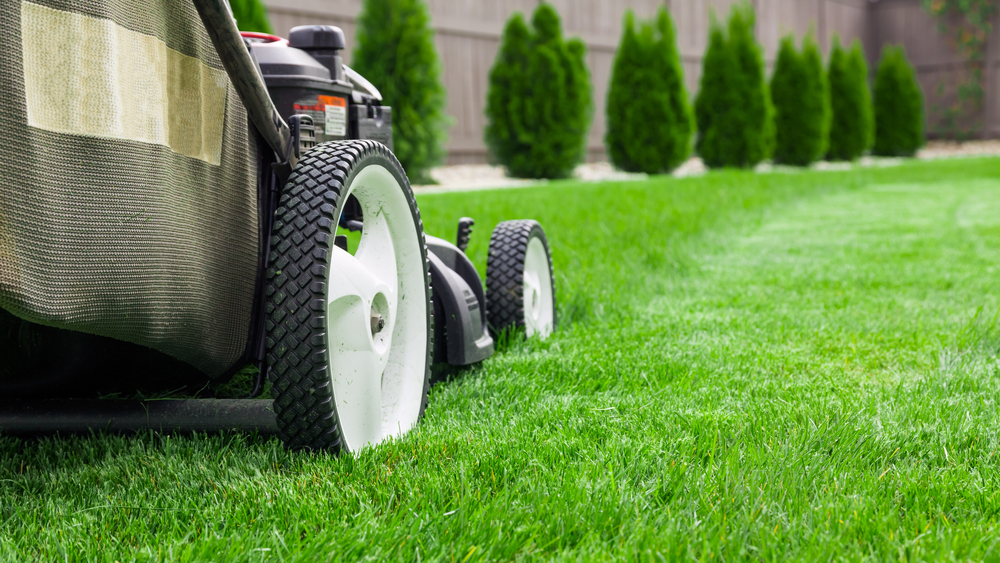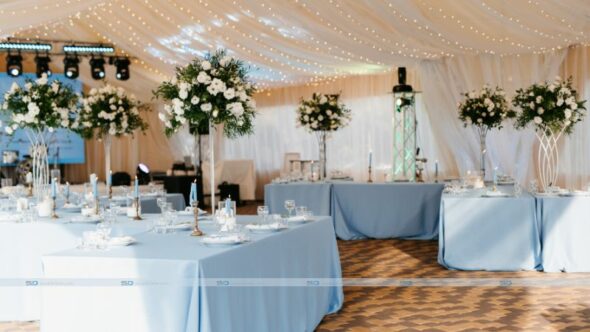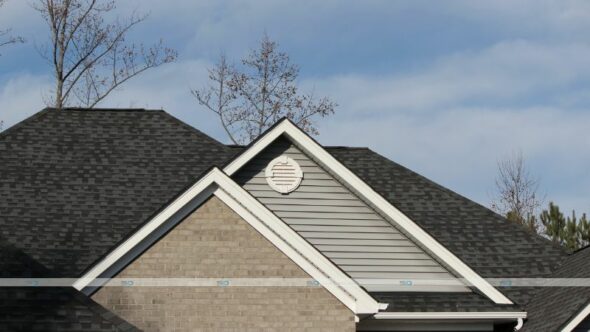The first thing that makes a house look untidy and unloved isn’t peeling paint or a rusty roof – it’s an overgrown lawn. Doing the landscaping by using quality lawn tractors and tractor parts on your home can seem like a menial task that no one else will ever appreciate more than you. Conversely, a well-maintained lawn and a cared for garden instantly increases the preserved value of a house. Here are some tips for lawn maintenance in Vancouver, BC. In addition, in case you have an upcoming project, we recommend to hire Environmental Design Inc. for large landscaping projects.
Any one who has gone from apartment living in the city to what they thought was a more relaxed way of life in the suburbs, ready to be refreshed by surrounding themselves with gardens and breath in the fresh, clean green air, has also discovered just how much work actually goes in to maintain that leafy view, to get help from experts and avoid this hard work, check out Owens Bros Tree Service — tree trimming in NYC.

Being a coastal city Vancouver has unique concerns for gardeners and home owners. However, by Canadian standards, Vancouver is a very temperate location, receiving only a few days of snow each year. Despite being a relatively wet location, in the summer water restrictions are not uncommon. Click here for a current weather report on water restrictions and the best lawn mowing times.
What all this means is that your garden, lawn, and the weeds, will grow in very fast spurts that if you leave maintaining for too long will suddenly get away from you very quickly. Whether you are establishing a garden from bare dirt, maintaining a garden, or redoing your landscaping, there are things to be aware of in the Vancouver climate.
Choosing Your Lawn Type
Gone are the days of having to lay down grass seed, often several times after you have lost patches of it to sneaky birds. Although this is still a popular option if you want to supervise the development of your lawn from the start. Laying grass seed does require you to prepare your soil and ensure that you are watering it. You may also want to ‘top up’ patches if the seed has been eaten by the birds, or simply isn’t growing as well in certain areas. It can take up to a month for seeded grass to start to become established lawn. During that time, you will also want to try and remove any weeds that will inevitably pop up with the help of a Non Selective Systemic Weed Killer.
Another popular option is to have ‘instant’ sod put down. This is grass that has been pre-grown and is ready to be transplanted into your lawn. If you are redoing your property the old lawn will be dug up and the soil prepared, however if it is a new landscaping project it will just be a matter of preparing the soil. Fresh lain sod farm can be walked on immediately – and it looks great immediately. However, it can be several months before the roots have firmly taken hold, so you are best to avoid having a lawn party in that time. Spend a little time on the bur-han.ca website and find out how best to ensure that your property will grow a lush lawn.
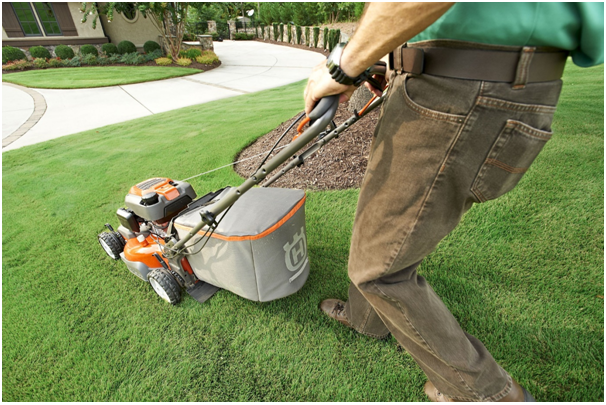
Creating The Right Space
It may be that all you want is a great space to play cricket, or you may be wanting to create a self-sustaining environment that leaves your household mostly self-sufficient. Or maybe you want to be able to blend a space for the kids to play, for the adults to relax, and still have space for a few veggies – and food for the bees.
Depending on the state of your space, you first step towards lawn care would be to look at getting someone in to simply clean up. Often years of half-finished landscaping DIY attempts can leave their long-forgotten mark on a garden, with bits of concrete, bricks and even over grown pots. You need to know what your soil is like, and what space you have to work with. From there you can develop a plan.
Planning Lawn Care like aPro
Whether you are looking at doing the work and/or design yourself, or hiring the expert landscapers, your first step is to get out those coloring pencils. Sketch out some ideas of what areas your want. They don’t have to be artistic masterpieces, just green shading for grass, maybe dark green for shrubs, a bit of color for flowers and grey or brown for paths and any concrete retaining walls. Doing this helps you work out in your own mind what sort of space you are trying to create. Remember to take into consideration any current fixtures that your landscaping may already have, including walls, natural slope or hills etc.
Legalities
Although you may have assumed that a garden is a pretty straightforward project, if you are building a retaining wall, fence, garden shed, and for some water features, you may require a building permit from the City of Vancouver Development and Building Services Centre. Most of the time this is a straightforward process, but generally it is easier if the work has been completed by a registered builder or certified installer. In some instances, a retaining wall will require an engineer’s assessment as well before the actual construction by a retaining wall contractor.
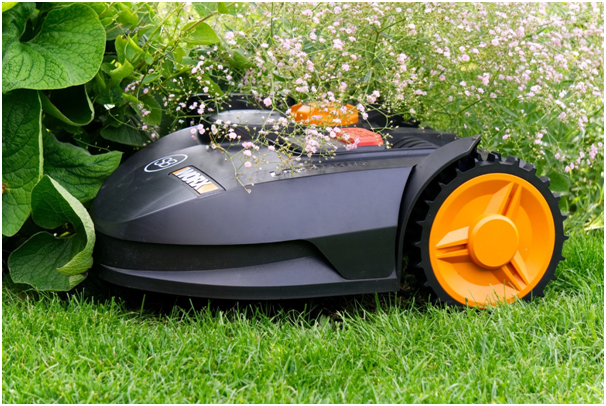
Labour Saving
While you’re still at the design stage of developing your outside space, you are at the best time to be thinking longer term about how your garden and lawn will be maintained. Do you want to stand outside with a hose and water your garden? Or does installing a drainage and irrigation system make sense? Will these need to be drained before winter? What about lighting? Can this be automated to switch on when the sun goes down? Would solar be an option or is there not enough winter sunlight to provide the lighting in the area you want it? There are a lot of things to think about when you’re planning your outside area, but a little extra time in the planning before you start to dig means that you will be saving yourself time and money in the long term.
Also think about how much you love raking up leaves in the autumn, and what your allergies are like in the spring. These will have a factor in the types of plants and trees that you will want to add to your garden. If you have a close relative or neighbour with a serious bee allergy, plantings designed to attract hives to your garden may also be something to avoid. However, a little forward planning first will create a wonderful, useable space for many years to come.
Image Credits: Topseller /Shutterstock

